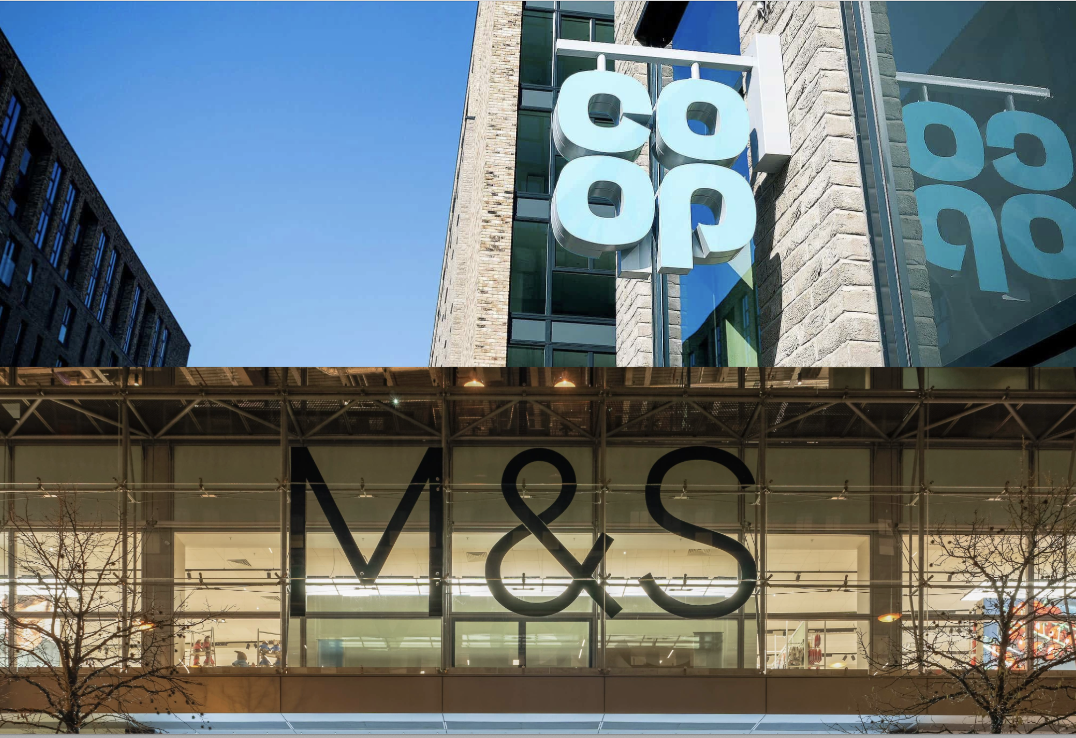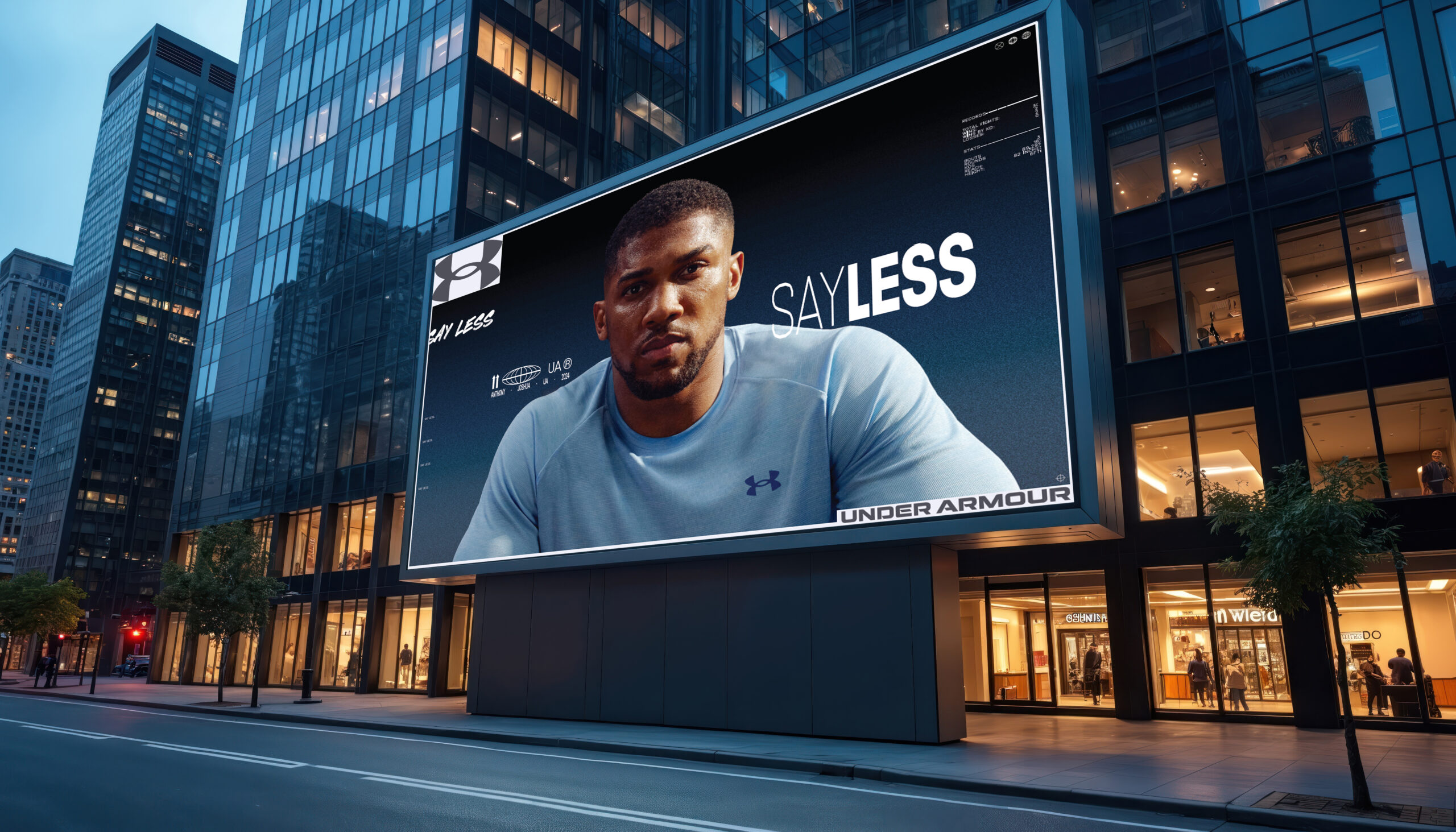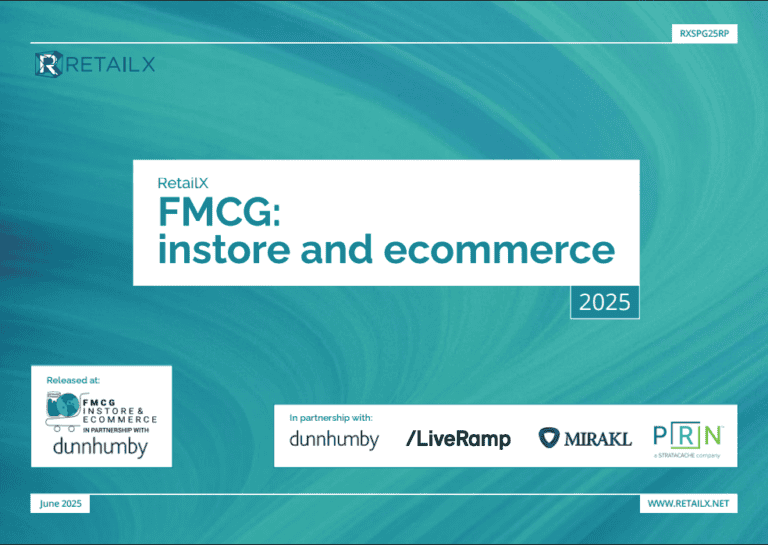With the launch of the Apple Watch, Oisin Lunny, Senior Market Development Manager at enterprise mobile engagement specialists OpenMarket, asks a panel of experts how new forms of connected mobile devices will revolutionize our relationship with retail
To paraphrase the mighty Derek Zoolander, the Internet of Things (IoT) is So Hot Right Now. If Zoolander was investing in startups, he might well be funding a “Magnum” bandana that speaks to the tiniest mobile phone, ever. A further wave of connected mobile devices will soon be saturating the mass market. We can peek into this next wave of human behavior by looking at current changes to one of our fundamental activities as consumers, shopping.
UK retail industry body IMRG’s eRetail Index guide showed a staggering 45% Year on Year (YoY) growth in the use of mobile devices for retail, while their mCommerce Index showed that smartphones now account for 1 in 4 of the UK mobile commerce sales, with 39% YoY growth compared to 21% for tablets. Tina Spooner, CIO at IMRG explains: “Put simply, mobile and tablet devices are now part of our retail DNA. Consumers are looking for high quality, cross-channel experiences, and engagement from brands at each stage of their journey – and mobile devices form a key part of how that engagement occurs.”
Consumers have an expectation that their interactions with a brand can pivot around mobile devices. Simone Williams, Head of e-Commerce at East explains how they are responding, “Our demographic is slightly older than the smartphone obsessed millennial, so we are seeing the strongest growth from tablet traffic, 160% YoY. We have undertaken a fundamental redesign of all of our systems to offer streamlined multi-channel access to our products. From an optimized email platform, to in-store tablets for staff and customers, mobile devices are at the heart of our new retail experience. We have also upgraded our ERP technology so that any one of our stores and warehouses can supply stock for any customer in any location. We are completely challenging the idea of separating retail and ecommerce into silos. Consumer behavior and new technology means it’s all merging into one.”
For a brand this silo-smashing trend is disruptive and transformative. Ken Kralick, the Head of Ecommerce Europe for Puma explains, “We partner with wholesale vendors, stores and ecommerce outlets, which are all very different customer touchpoints. Customers are noticing the web is open 24/7, so although our retail partners get more sales, our ecommerce gets the customer support queries in the evening. The larger a company gets with its ecommerce reach, the more interesting the multi-channel customer experience gets. Customers talk less about the website and more about the brand. The web store is now the store that is in between all of the retail locations.” Puma also have an innovative response to showrooming, consumers using their mobile devices to order online while in store. “Showrooming is being flipped. People are now untethered to retail via their mobile devices, but we can incentivize these sales because we can track the multi channel user journey.”
Jonathan Ranger, Chief Revenue Officer at voice of the customer platform Kampyle, has access to millions of customer insights. He can see a mobile future: “UK online sales from mobile doubled in 2014. Brands are having trouble keeping up with that.” Jonathan warns against investing in new tech without first understanding what customers want, “Brands tend to replace consumer intimacy with technology online. Putting a lot of tech in front of shoppers creates greater distance from the consumer which is the opposite of the intent to improved experience.” He added, “The best websites actually lessen their dependence on technology and instead focus on actively listening to online consumers. Listening helps online brands prioritize technology choices based on what customers want improving both customer experience and the agility in which brands can optimise for results.”
Aside form the high street, how do online-only innovators reach a multi-channel audience? Nish Kukadia, CEO of Secret Sales explains, “Mobile adoption is a massive shift in terms of customer acquisition. We can see the ROI from reaching mobile shoppers almost instantly. Our ad campaigns get a better Cost Per Acquisition (CPA) from TV than any other channel largely because people are watching TV with their smartphones to hand. We see a bump in web traffic within 3-8 seconds of our adverts. Once we have acquired a new customer we ensure they receive communications that are relevant. There are 70,000 different variations of our daily emailout. With 60% of our sales coming from mobile devices, a smooth user journey is fundamental to our success as a business.”
Eva Pascoe is something of a legend in technology circles, she co-founded Cyberia, the world’s first Internet café, and was MD of Europe’s first online fashion store. Now at The Retail Practice, an analyst firm hired by big brands to deep dive into the future, she is ever the evangelist for innovation. “Mobile is the answer to retail’s prayers in terms of customer engagement and loyalty, and helps retailers achieve what I call the “minimum viable utopia” for shoppers. With innovations such as Apple Pay, what happens on an EPOS can happen on a mobile device. Every employee is a cashier and every point in the shop is a money taking point. This solves the biggest customer satisfaction issue, long queues. This is a fundamental change in our retail behavior of the past 100 years. The transformation won’t be painless, but it will be worth it, and it’s the future. Every retail strategy should be a multi channel strategy.”
So with brands, retailers and ecommerce providers riding the wave of consumer mobile adoption, what’s next for the multi-channel high street? Eva continues, “Technology will naturally extend beyond the purchase and change how we interact with brands afterwards. Algorithms and 2-way SMS notifications are being used to ensure the optimal delivery experience. We are seeing exquisite IoT enabled packaging that can control its own recycling lifecycle. The customer doesn’t want to be bothered with the technical details; they just want persistency of experience and excellence of experience.”
As people are connecting to brands via their mobile devices, an expectation for frictionless interactions is becoming the norm, and there is little tolerance for anything less. 86% of customers will quit doing business with a company because of a bad customer experience; this is up from 59% just four years ago.
Sienne Veit, Director, Online Product at John Lewis, elaborates: “Customers want to be able to shop seamlessly across all channels and mobile is now the go-to choice alongside visiting our shops. Today, over half of the traffic to johnlewis.com comes from mobile and tablet devices and we’ve also seen an increase in the conversion rate of traffic to sales. We’ve placed a significant focus on developing our mobile strategy and have more enhancements planned for our app later this year.”
Regardless of the channel, mobile devices are smashing the siloes between advertising, acquisition, purchase, customer service and even packaging recycling. With the launch of new kinds of connected devices such as the Apple Watch, with payment and marketing ecosystems in place from launch, I think we are going to see a complete blurring of the retail customer experience. Connected mobile devices will become the stores between the retail locations, and the glue across the entire customer experience. As we can see, smart brands and retailers are already embracing the mobile powered revolution.








